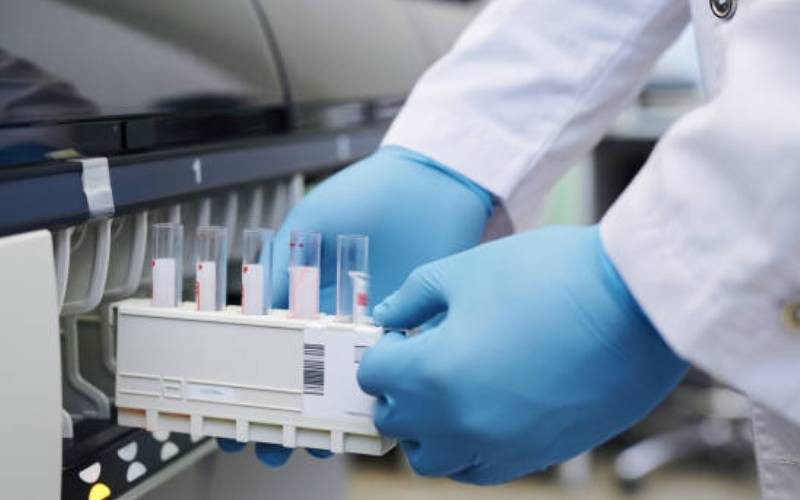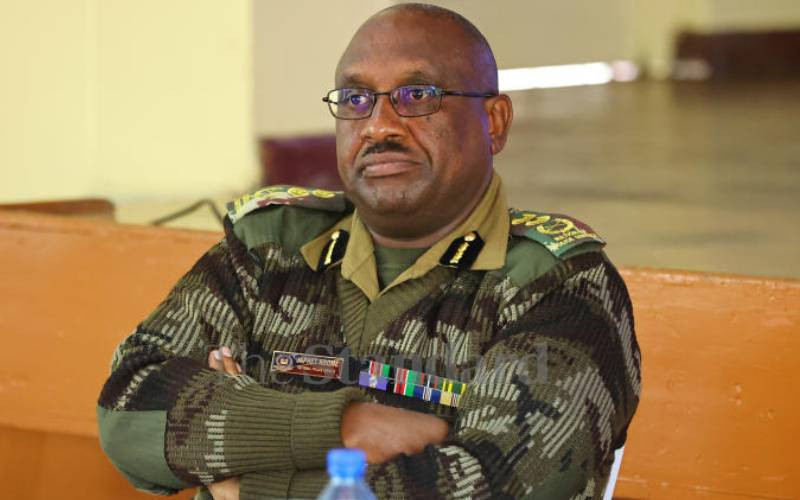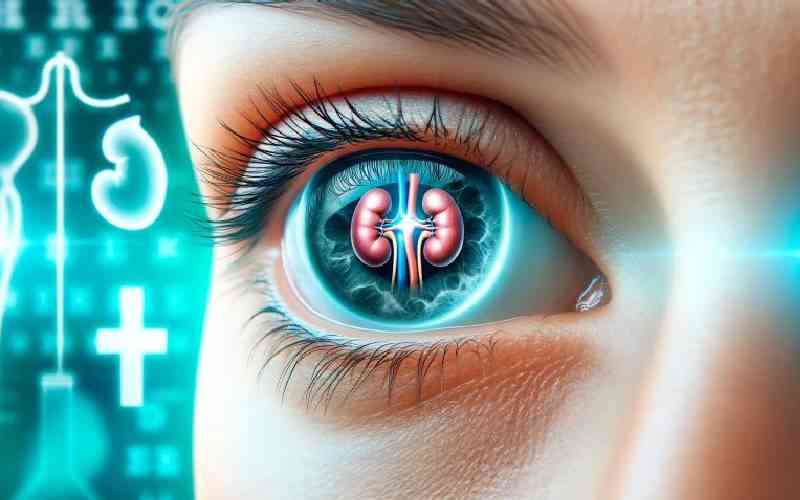Dr Kizito Lubano
Low back pain can happen anywhere below the ribs and above the legs. The lower back is the connection between the upper and lower body, and it bears most of the body’s weight. So, it’s pretty easy to hurt your back when you lift, reach, or twist. In fact, almost everyone has low back pain at one time or another.
Symptoms:
Depending on the cause, low back pain can cause a range of symptoms. The pain may be dull or sharp. It may be in one small area or over a broad area. You may have muscle spasms. Low back pain can also cause leg symptoms, such as pain, numbness, or tingling, often extending below the knee.
A rare but serious problem called cauda equina syndrome can occur if the nerves at the end of the spinal cord are squeezed. Seek emergency treatment if you have weakness or numbness in both legs or you lose bladder or bowel control.
Most low back pain is short-term (acute) and will go away in a few weeks. It is more likely to become long lasting (chronic) if you are depressed or under stress.
Diagnosis
The doctor will ask questions about your past health, symptoms, and activities. He or she will also do a physical exam. Your answers and the exam can help the doctor rule out a serious cause for the pain. In most cases, doctors are able to recommend treatment after the first exam. X-rays, computed tomography scans, and magnetic resonance imaging don’t usually help.
But if you have a back pain problem that has lasted longer than four weeks, or if your doctor thinks you may have more than muscle pain, it might be time for one of these tests.
How is it treated?
Most low back pain will improve with basic first aid, which includes resting for a day or two, getting up and active as soon as possible, and taking over-the-counter pain medicine as needed.
Walking is the simplest and maybe the best exercise for the lower back. It gets your blood moving and helps your muscles stay strong.
A doctor or physical therapist can recommend specific exercises to help your back muscles get stronger. These may include a series of simple exercises called core stabilisation. Strengthening the muscles in your trunk can improve your posture, keep your body in better balance, and lower your chance of injury.
Certain other treatments work for some people but not for others. You may need to try different things to see which work best for you, such as:
• Massage
• Spinal manipulation
• Acupuncture
If your symptoms are severe, or you still have them after two weeks of self-care, see your doctor. You may need stronger pain medicines, or you might benefit from physical therapy.
 The Standard Group Plc is a multi-media organization with investments in media platforms spanning newspaper print
operations, television, radio broadcasting, digital and online services. The Standard Group is recognized as a
leading multi-media house in Kenya with a key influence in matters of national and international interest.
The Standard Group Plc is a multi-media organization with investments in media platforms spanning newspaper print
operations, television, radio broadcasting, digital and online services. The Standard Group is recognized as a
leading multi-media house in Kenya with a key influence in matters of national and international interest.











